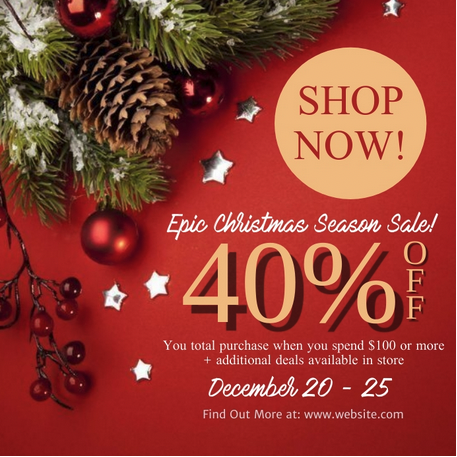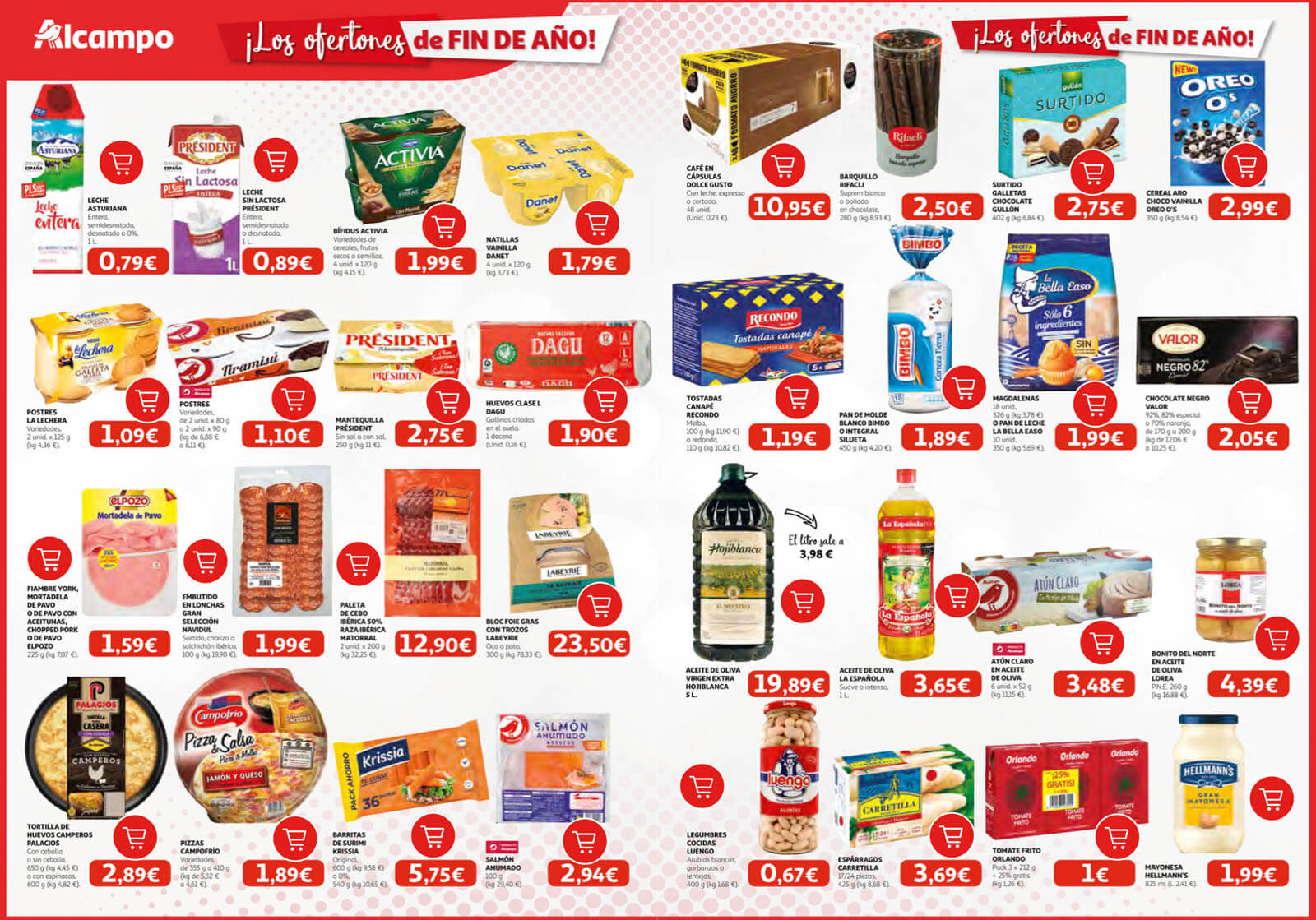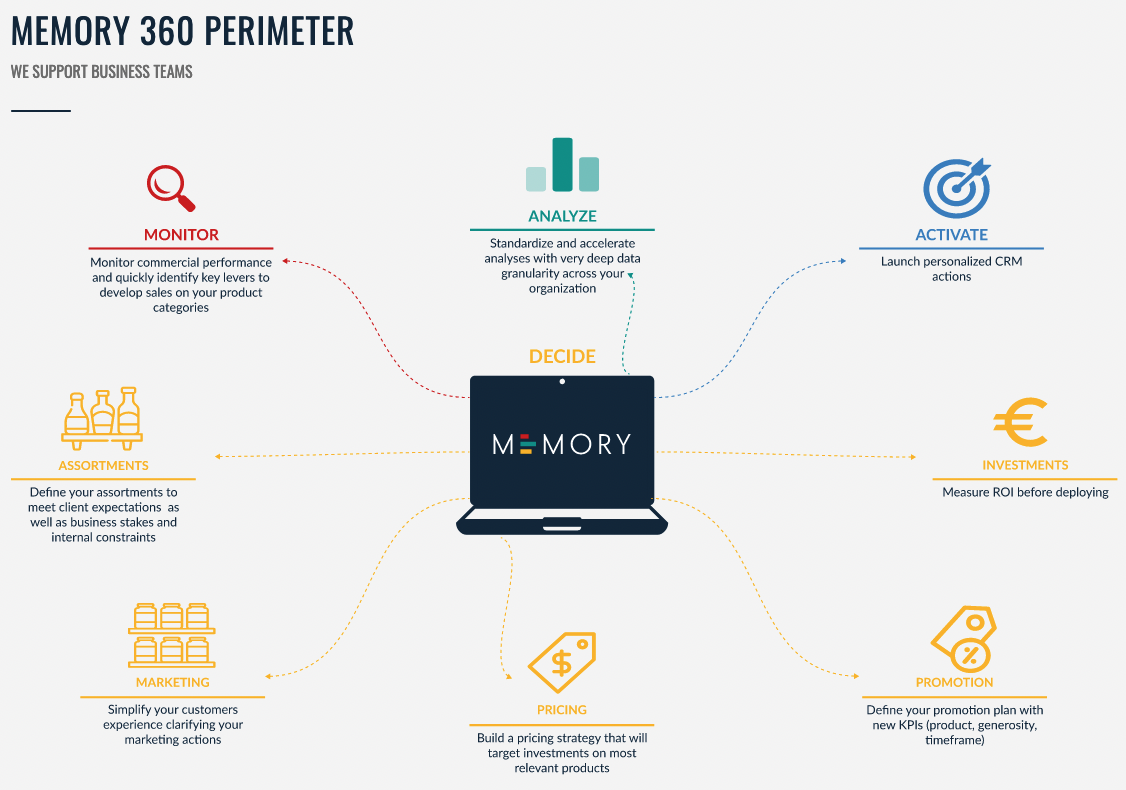Introduction
Retail discount plays an important role in increasing turnover, increasing customer loyalty and attracting customers. To have a good strategy of discount, data mining can help retailers to build a recommendation engine that recommends products for customers and retailers. In this blog, I’ll share my experience on how to apply data mining on retail discounts with the following points:
- What is a retail discount strategy?
- What is a recommendation engine?
- Use cases of recommendation engine
- Promotion Analysis
What is a retail discount strategy?
Retail discounting is used to decrease the price of specific products for a set amount of time. In some cases, retailers offer a store-wide discount to move excess inventory and create space for new collections. Retailers usually run discounts to attract new customers, increase sales, and clear out old inventory. Large retailers have an easier time selling low-priced merchandise in high volumes, but this strategy doesn’t always work for small to mid-sized retail boutiques. With discounting, it’s important to keep an eye on your profit margins and break-even point, avoid conditioning customers to wait for a sale, and understand exactly why and when you want to discount products.
What is a recommendation engine?
A recommendation system is a platform that provides its users with various content based on their preferences and likings. A recommendation system takes the information about the users and their behaviours as inputs. This information can be in the form of the past usage of the product or the ratings that were provided for the product. It then processes this information to predict how much the user would rate or prefer the product. A recommendation system makes use of a variety of machine learning algorithms.
Another important role that a recommendation system plays today is to search for similarities between different products. In retailing domain, the recommendation system searches for products that are similar to the ones you have purchased previously. This is an important method for scenarios that involve a cold start. In a cold start, the retailer does not have much user data available to generate recommendations. Therefore, based on the products that are sold, the engine can provide recommendations of the products that share a degree of similarity or satisfy the discount rules. There are three types of Recommendation Engine:
Content-based Recommendation System
In a content-based recommendation system, the background knowledge of the products and customer information are taken into consideration. Based on the products that you have purchased in a retailer chain, it provides you with similar suggestions. For example, if you have purchased a product that belongs to the “alcohol” category, the content-based recommendation system will provide you with suggestions for similar products that have the same category.
Collaborative Filtering Recommendation System
Unlike content-based filtering that provided recommendations of similar products, Collaborative Filtering provides recommendations based on the similar profiles of its users. One key advantage of collaborative filtering is that it is independent of product knowledge. Rather, it relies on the users with a basic assumption that what the users liked in the past will also like in the future. For example, if person A purchases alcohol, snacking and baker categories and B purchases snacking, baker and ice-cream categories then A will also like ice cream and B will like the alcohol category.
Hybrid Recommendation System
There is also a third type of recommendation system that combines both Content and Collaborative techniques.
Use cases of recommendation engine
There are many use cases in the retailing domain like recommending products that are complementary to the product the shopper has chosen, offering a discount to the potential customers to encourage the purchase or even recommending some new products that might be interesting for customers. Here I’ll talk about two use cases.
CRM (Customer Relationship Management)
Customer relationship management (CRM) refers to the principles, practices, and guidelines that a retailer follows when interacting with its customers. One of the CRM approaches is offering a discount on different products to various profiles of customers, which is an application of the Collaborative Filtering Recommendation System. The discounts target different objectives:
- Loyalty rewards: Most consumers in today’s world expect to be rewarded for shopping at your store and taking home memorable experiences. Studies say 75% of consumers say they favour companies that offer rewards. You can give out a cash discount on every nth purchase, a points-based rewarding system that can be redeemed whenever they want, or gifts on completing purchases of X amount of merchandise.
- Conditional discount: Conditional discounts can help you maintain a healthy profit margin while also increasing your revenue. For example, 20% off on purchases of $500 worth of merchandise rather than a straight 15% on every item is likely to be healthier for your business. It will also be more helpful in increasing the average basket size and average revenue per consumer.
- First purchase or first interaction discount: Some consumers may browse through your website or your shop and like some of your offerings. But, they might be on the edge and not able to decide if your products are worth the value. You can use a special first-purchase discount to tip them over in the category of paying customers.

Recommending leaflet products to retailers
Usually, retailers start to build the promotion plan several months or even 1 year in advance, since it takes lots of time to negotiate with the supply, define the category and brand for each leaflet, and also design the discount for different products. The promotion plan recommendation system is not that common but it exists and it’s pretty helpful for retailers. It can recommend products for different leaflets by considering various elements like target turnover, target product amount, discount periods, category distribution, brand distribution, etc, and it helps retailers to save lots of time.

Promotion Analysis
After promotion implementation, we need to do some analysis to understand the promotion effect. For example, among all target customers, how many of them benefit from the discount? Thanks to the promotion, how much did turnover increase? Furthermore, the following figure shows the effects of a retailer promotion on the sales of the promoted product (Gedenk 2002, Neslin 2002).

We distinguish between short-term effects, which occur during the promotion, and long-term effects, which involve behaviour that takes place after the promotion. Sales for the promoted brand can increase during the promotion by attracting customers from other stores (store switching), inducing customers to switch brands (brand switching), inducing customers to buy from the promoted category rather than another category (category switching), inducing customers who normally do not use the product category to purchase it (new users), or inducing customers to move their purchases forward in time (purchase acceleration). Purchase acceleration can occur because consumers purchase earlier or because they purchase more than they would have done without the promotion. Consumers can either stockpile the extra quantity for future use or consume it at a faster rate. Total category consumption can also increase owing to category switching or if the promotion attracts new users.
Conclusion
In this blog, we talked about how recommendation engines contribute to retail promotion and how could we follow the performance of a promotion. Since promotion plays an important role in the retail domain, it’s also important to build a suitable promotion plan and analyse its effects, In The Memory could be the expert which helps retailers to accelerate and improve the decision-making process, define the promotion plan, optimise category management levers (promotion, assortment, CRM, etc) and follow the business performance.

References
- Alexis Damen, “Discount Strategy in Retail: How to Offer Discounts & Markdowns Without Slashing Profits”, www.shopify.com. [Online]. Available: https://www.shopify.com/retail/retail-discounts-with-profits
- “How to Execute a Profitable Retail Discounting Strategy: A Definitive Guide”, blog.appointy.com. [Online]. Available: https://blog.appointy.com/2021/09/17/retail-discounting/
- Goran, “40 Amazing Customer Loyalty Statistics in 2022”, www.smallbizgenius.net. [Online]. Available: https://www.smallbizgenius.net/by-the-numbers/customer-loyalty-statistics/#gref
- Karen Gedenk, Scott A. Neslin, and Kusum L. Ailawadi, “Sales Promotion”, faculty.tuck.dartmouth.edu. [Online]. Available: https://faculty.tuck.dartmouth.edu/images/uploads/faculty/kusum-ailawadi/Promotions_Metro_Book_Chapter.pdf
- “6 Examples of FMCG Brands That Publish Digital Leaflets and Flyers”, www.publitas.com. [Online]. Available: https://www.publitas.com/blog/6-examples-of-fmcg-brands-that-publish-digital-leaflets-and-flyers/alcampo-deals-discounts-in-brochure.jpg
- “Customize this Christmas Retail Instagram Post Template”, d1csarkz8obe9u.cloudfront.net. [Online]. Available: https://d1csarkz8obe9u.cloudfront.net/posterpreviews/christmas-season-sale-flyer-template-design-e969eba50ca2c2bcc2e5c432f5ec5080_screen.jpg?ts=1605530185
- Skitterphoto, “store prices rabat discount sale”, pixabay.com. [Online]. Available: https://pixabay.com/photos/store-prices-rabat-discount-sale-3867742/